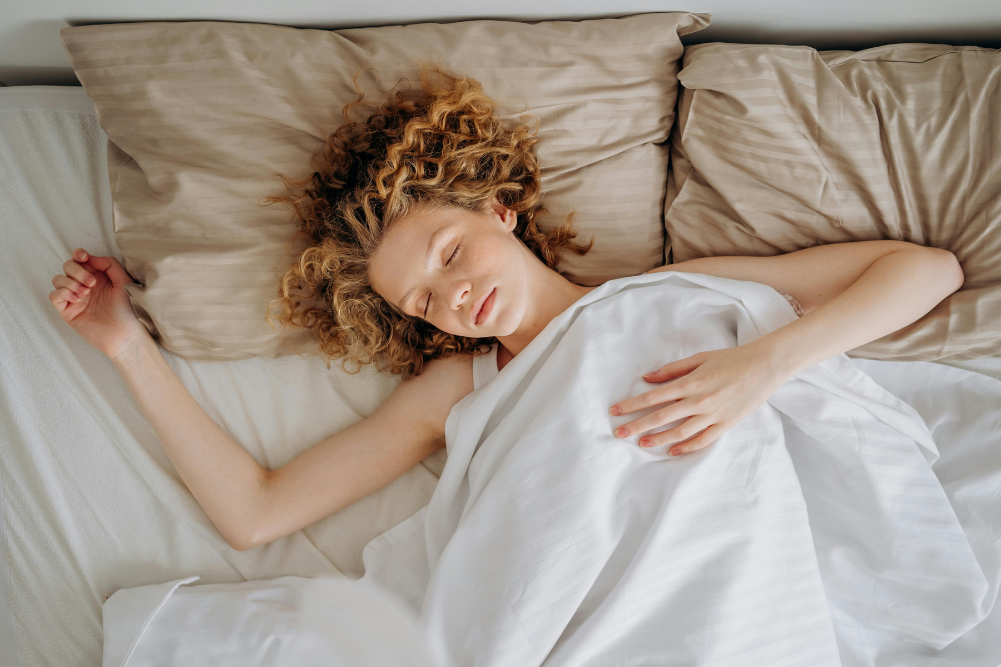Sweat dreams
There is nothing like the feeling of working up a good sweat. Of course how you work up that sweat does change your perception of it. A ditch-digging sweat for instance, lacks the charm of the sweat you work up after a good Tae-Kwon-Do class. There are other, more private, sweat-inducing activities that also bring a modicum of pleasure. Now however, there is an added bonus in new research showing that a good sweat reduces your chance of having a stroke. If that is not enough, there is also technology available that could allow you to drink your sweat.
Before we get to the pleasure of having a cup of sweat, the first study involved researchers following 47,000 subjects for more than five years. All of the subjects were aged 47 or more. Approximately equal numbers of males and females were included in the study.
The results showed that people who exercised less than once a week had a 20 per cent greater risk of having a stroke than people who exercised to the point of breaking a sweat more than four times a week. The relationship was stronger for men than for women but women should still get a sweat on when they can.
The problem of course, is what to do with all that health sweat? Instead of just drenching your clothes, what if you could drink your sweat?
Recently in Gothenburg there was a running of an international soccer tournament called the Gothia Cup. At the most recent tournament UNICEF teamed with event organisers to run a campaign called “United for Childrenâ€. At the tournament participants handed in their sweaty clothes and in return received a delicious cup of drinkable water made from the sweat of participants. The sweat was made drinkable by a “Sweat Machine†built by an engineer using HVR Water Purification AB technology that was developed at the Royal Institute of Technology in Stockholm.
The sweat machine involved a high-tech filter but the rest is off-the-shelf parts, including a clothes dryer. To get the water out of the sweat (which is 99 percent water itself) the sweaty clothes go in the dryer component, which spins and squeezes out the sweat. The sweat then gets heated, exposed to UV light and pushed through the high-tech filters, to get rid of salts and bacteria. The water then goes through a coffee filter to get the fibres from the clothes out and then you have drinkable distilled water. Unfortunately, it takes a full load of sweaty shirts to make less than half a litre of water (around 470ml). However, the point of this exercise was not really to provide drinking water from sweat but to raise awareness of, and money for, water purification tablets for children around the world. Around the world 780 million people do not have access to clean drinking water and 80 per cent of diseases in developing countries is related to poor water and sanitation.
The sweat drinking experiments are not a solution to global water shortages but are an attention grabbing way of highlighting the real challenge faced.







